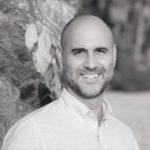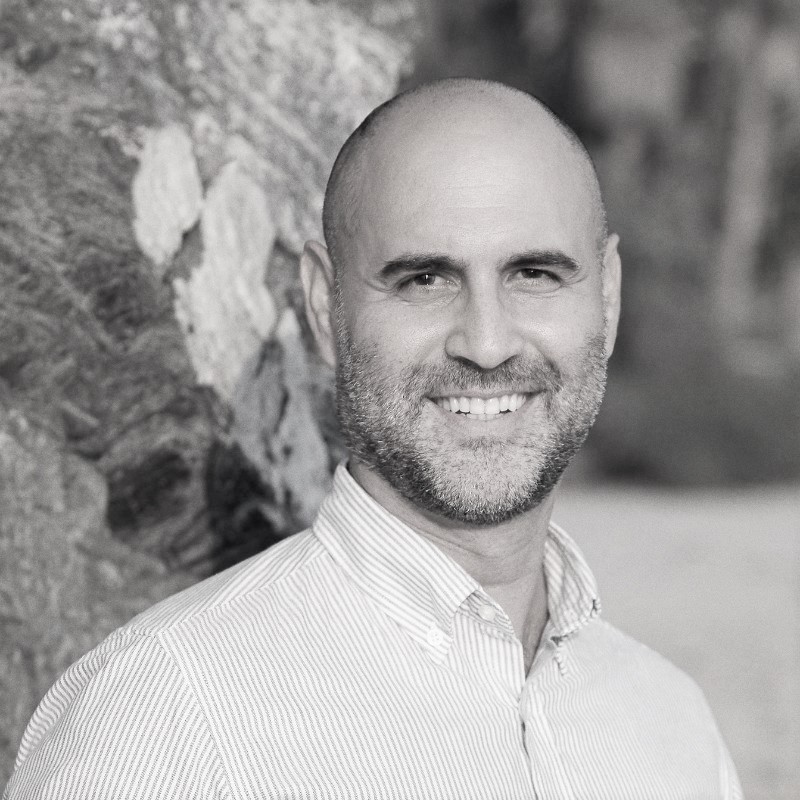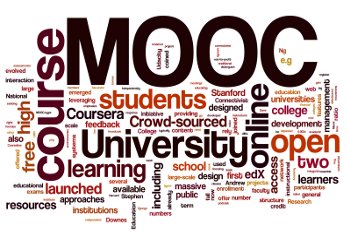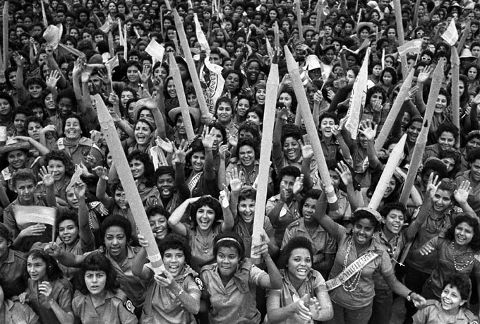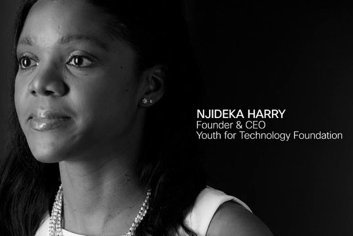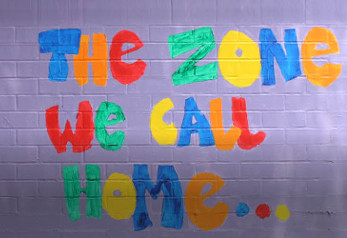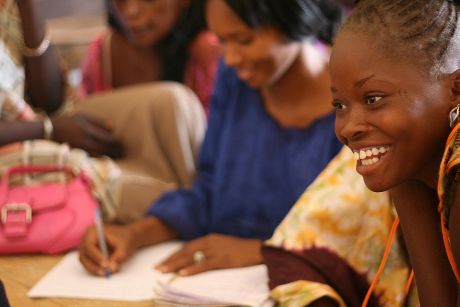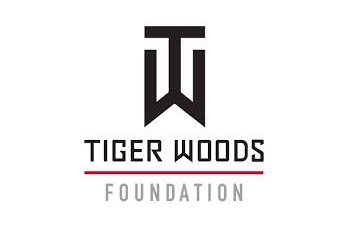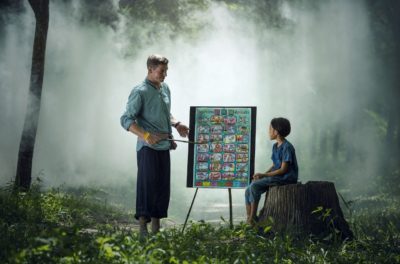
OLBIOS
Civic engagement is a surefire way to educate young people on their rights but also responsibilities as citizens. How do you approach this with underrepresented students?
Learning to see like an anthropologist was liberating because it allowed me to hold up a mirror to the world and see myself in it. I was still at an age when I was deeply conscious and unsure of who I was, who I could be, how I should speak, how I should act, how people perceived me and how I perceived others. It was exhausting to be so self-conscious! But how liberating it was to discover that there were new, different ways of living and being and acting and loving. In immersing myself in the immense difference in this world I realized how in common we all were: we all have a belief system, we all have a history, and we all change. I was hooked. Our aim at Culture Academy is to evoke that sense of liberation in students.
OLBIOS
Could you tell us more about the concepts global and cultural competence? How do they help young people engage with a daily life of cultural differences, especially when these happen to be quite disparate?
To be culturally and globally competent is to delve into a world where normality is constantly questioned, difference is the norm, and complexity is welcomed with open arms. It means perpetually challenging yourself to look at the world anew – not only through philosophizing and theorizing, but through actual face-to-face contact with other people as a way of understanding human practices, experiences, and lives.
Ultimately, my hope with creating these educational programs for students is to enhance not simply their global competence skills but also their creativity – their ability to fashion a life that constantly opens their minds to new possibilities of living with themselves and other people. I want people to know that understanding and engaging with cultural differences (without sounding like Tony Robbins) can help people create the lives they want to lead. After all, how could anyone succeed in and enjoy life if they can only see one way of living it?
OLBIOS
In the absence of live teaching, do you think there are creative and innovative ways to engage students in online teaching? Has the shift to online teaching opened up new possibilities, or is it merely a temporary measure?
Although online classes pose a much greater challenge to teaching and learning, the challenge of engagement will always persist in both live and virtual classrooms. I’ve found that the best
This is particularly salient when it comes to cross-cultural learning where participants are from different countries and backgrounds. At Culture Academy, we don’t believe that you become globally and culturally competent simply by going abroad. Both online and experiential learning are essential for students to learn about what people are doing, what they are saying, and how they are thinking. Our Reflect EU-US cross-cultural program, for example, engages undergraduate students on both sides of the Atlantic on global topics such as democracy, fascism, LGBTQ issues, slavery, anti-Semitism, climate change, technology, and various other issues. We do this both virtually and through organizing face-to-face interactions.
Online learning is definitely here to stay and, I believe, will probably continue to be on the rise, but as I mentioned before, the challenge remains with the ability to create a successful, engaging learning environment, regardless of whether the classroom is physical or virtual.
OLBIOS
You are also the Director of a Veterinary Hospital and the Director of Operations at SSO Medical Waste Management. Could you tell us how do you manage to work efficiently in different levels and the motivations that led to this line of work?
The veterinary hospital, pet crematory, and medical waste businesses I help run are all family businesses that I fell into after receiving my doctorate in anthropology. As an anthropologist I always wanted to travel far to delve into worlds different than my own. Little did I know that I didn’t have to travel far to be in a world more different than any of the places I had conducted research. At the time, I had initially wanted to move back to Brussels when my father, who is a canine orthopedic surgeon, had asked for my help in starting a medical waste treatment and disposal company. While helping him start and ultimately run the company, I also became more involved in managing the veterinary hospital, then eventually the much larger pet cremation business.
The pet industry, I have learned, is an industry of growth, even in times of recession (or during our current pandemic). In many ways I’ve learned more about human dynamics within the veterinary field than I had as an academic anthropologist. Despite having been an anthropologist who studied cultural diversity on a daily basis, this was the first time I had to manage people – people with different backgrounds, experiences, temperaments, and communication styles. Although I knew next to nothing about the veterinary industry at that time, I felt my training as an anthropologist prepared me to create healthy work environments conducive to growth and productivity. I listened, observed, and engaged with employees, those who knew much more than I did, in ways most managers did not care to.

